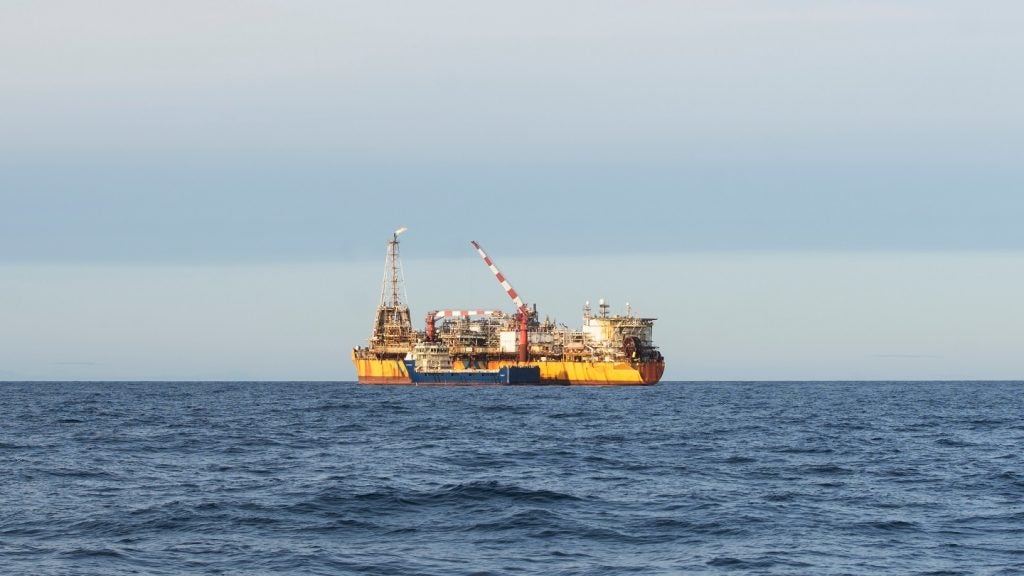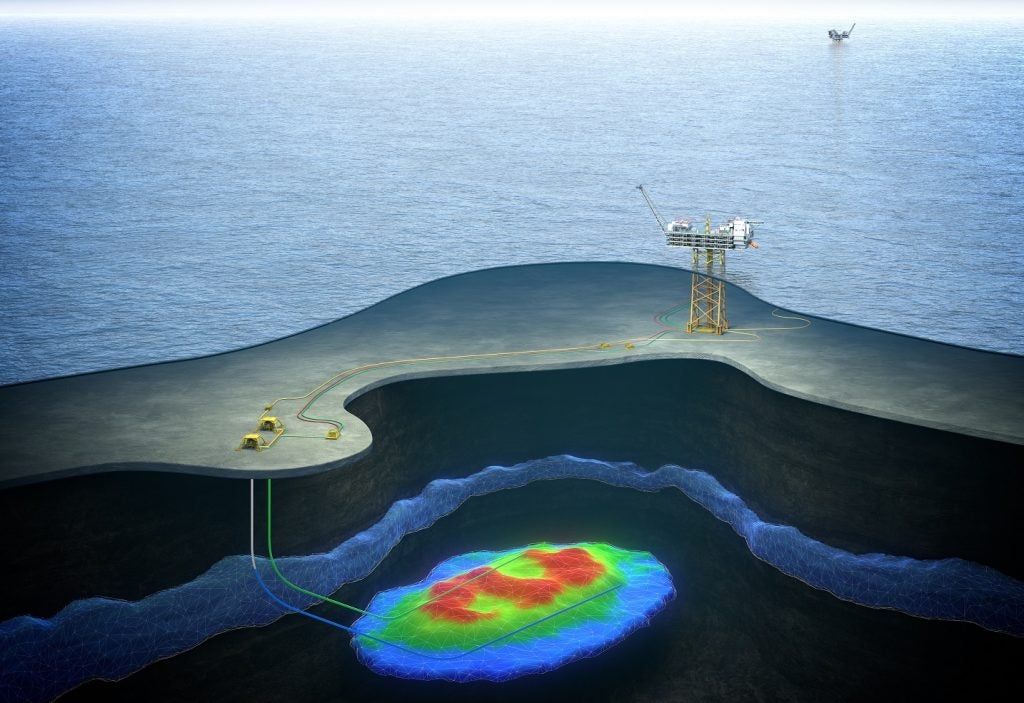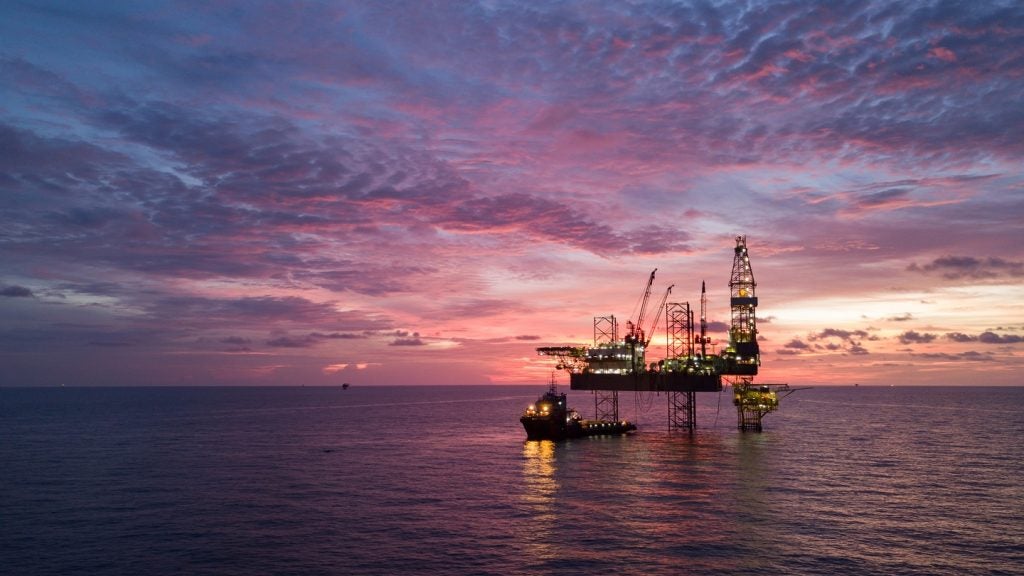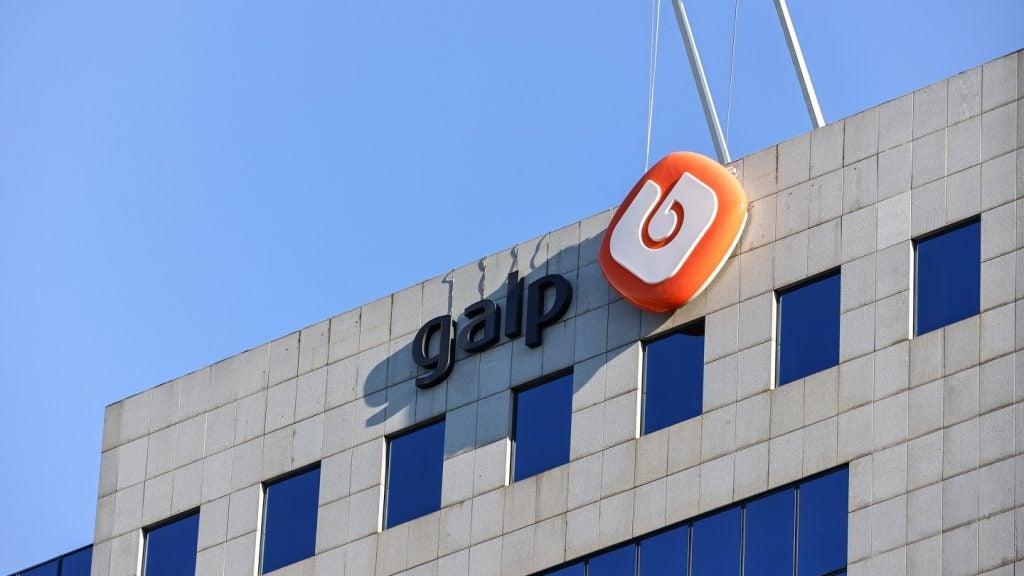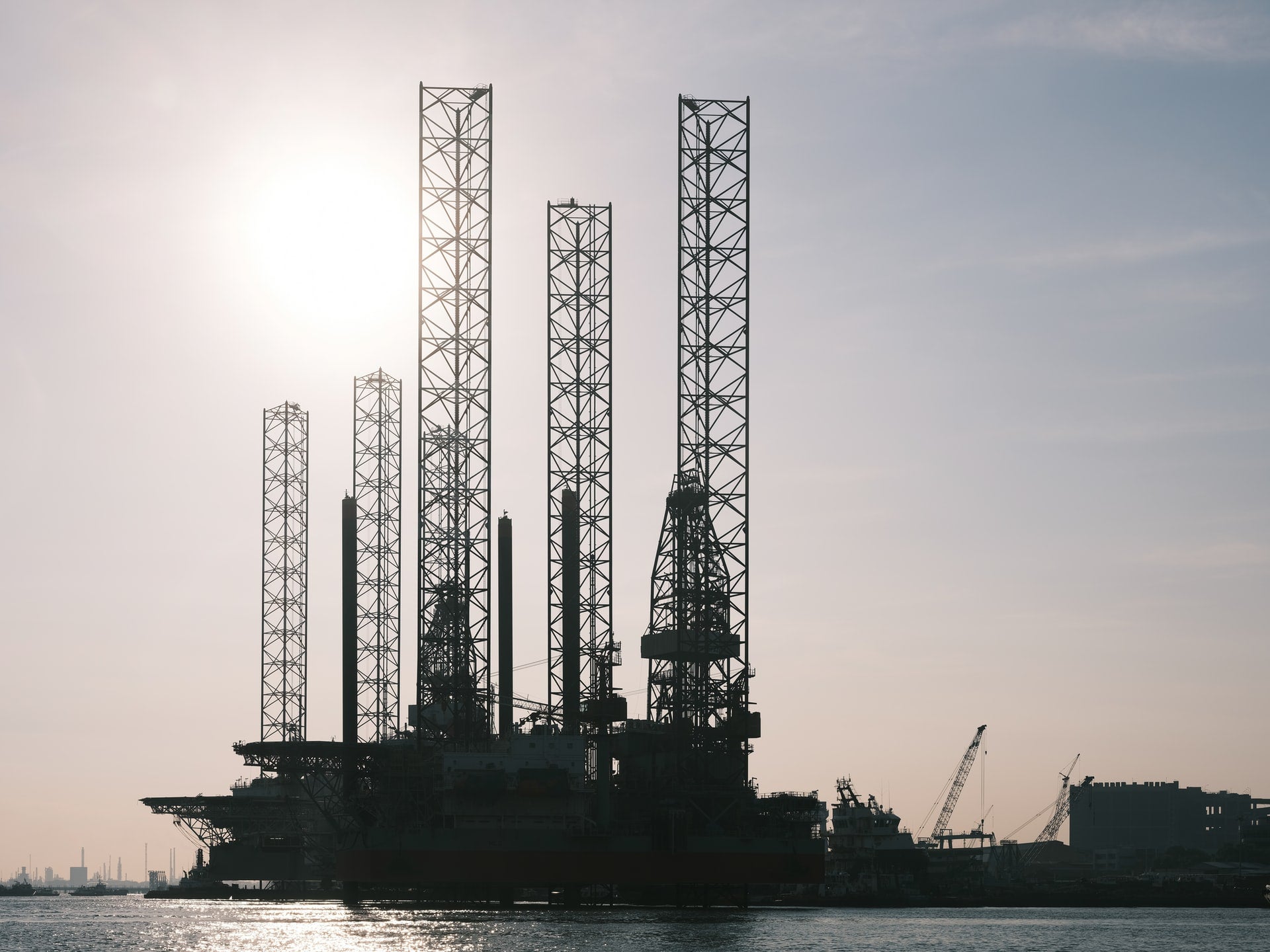
Located in water depths between 600m and 1,200m, the project is being developed with an investment of $1.2bn and involves the drilling of nine wells.
These wells are tied back to the existing Pazflor floating storage, production, and offloading (FPSO) vessel.
The Zinia 2 short-cycle development is anticipated to reach a production capacity of 40,000 barrels per day (bpd) by mid-2022.
Total Africa exploration and production president Nicolas Terraz said: “The successful start-up of this project, despite the challenges that have arisen as a result of the pandemic, demonstrates Total’s commitment to ensure a sustainable output on Block 17, for which the production licence was recently extended until 2045.
“Zinia Phase 2 project reflects the quality of short cycle projects in Angola with high return on investment.”
According to estimates, the Zinia Phase 2 field holds 65 million barrels of oil reserves.
How well do you really know your competitors?
Access the most comprehensive Company Profiles on the market, powered by GlobalData. Save hours of research. Gain competitive edge.

Thank you!
Your download email will arrive shortly
Not ready to buy yet? Download a free sample
We are confident about the unique quality of our Company Profiles. However, we want you to make the most beneficial decision for your business, so we offer a free sample that you can download by submitting the below form
By GlobalDataIn a press statement, Total said: “The development of this project was carried out according to schedule and for a CAPEX more than 10% below budget, representing a saving of 150 million dollars.”
Total operates Block 17 with a 38% interest. Other project partners include Equinor (22.16%), ExxonMobil (19%), BP Exploration Angola (15.84%) and Sonangol P&P (5%).
The Zinia first phase was developed as part of the Pazflor field development, which also involved the development of three other fields, namely Perpetua, Acacia and Hortensia.



